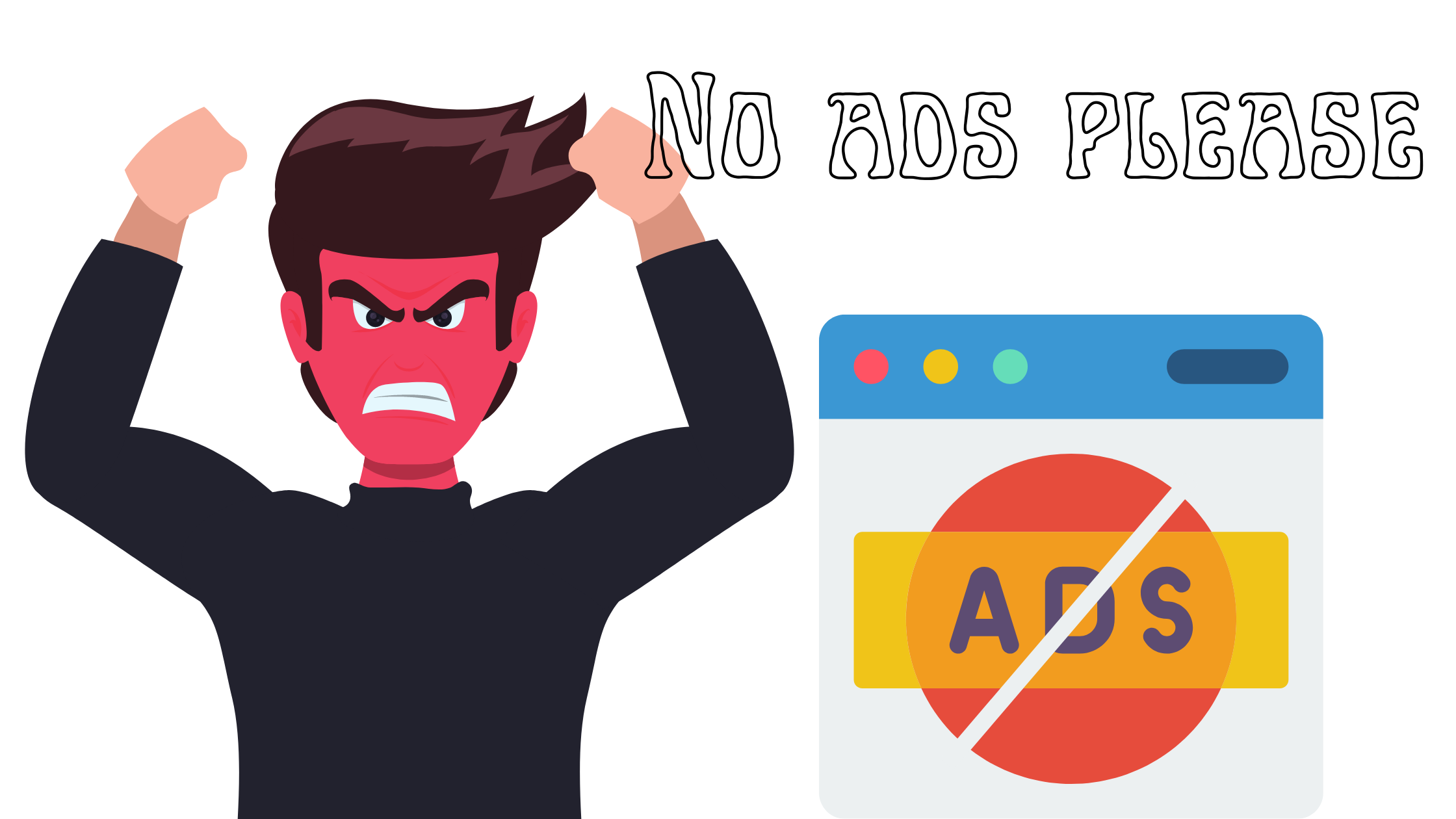5 easy ways to block your pop up ads

Advertisers are always looking for any way to draw attention to their products. Although standard banner ads are still widely used, they now appear to be invisible to the average web provider. Pop ups and other forms of advertising are now being used to put an ad on your face that you can't do without the slightest consent. No matter what the type of ad, pop ups are a nuisance, and there are now many options available to keep them off your computer screen together.
1. The release of this type of Service Pack 2 for Windows XP has brought a few positive changes to the operating system. Also noteworthy is the addition of a pop up blocker to Internet Explorer.
A pop up blocker is integrated with the browser and can be customized by browsing on the "Tools" tab at the top of the application. Like most pop up blocker programs, personal preferences can be set to allow / disable pop-ups from certain sites, as well as to provide customizations on how the user is warned that pop up is blocked.
For those using Windows XP, upgrading to Service Pack 2 is a great security idea for your entire system, but especially for the added functionality of an integrated block up blocker. For those who have a Microsoft operating system other than XP, sorry, this is not available to you.
2. Other Web Browsers
There are other web browser options available, and many have installed a pop up blocker long before Microsoft decided to install one with Internet Explorer.
The Mozilla Firefox 1.0 browser version was officially released on November 9. This browser has already received a lot of praise and has become very popular as an alternative to Internet Explorer.
Firefox is a custom web browser that includes block pop up blockers, tab browsing, and many other features not available in Internet Explorer.
Crazy Browser is another option released in 2002, which is not another browser, as is the skin of Internet Explorer. For Crazy Browser to run, the system must be installed with Internet Explorer 5 (or higher), and Windows 95 (or higher) installed as an application. The Crazy Browser application then takes over Internet Explorer functionality and adds features like Firefox, such as pop up blocker and browsing tabs.
3. Browser tool bars
A growing trend for websites is to provide a downloadable toolbar for use with Internet Explorer. Many of these toolbars offer different features that are intended to enhance the user's web browsing experience in a variety of ways, but most often include a pop up blocker. Although there are toolbars available on most websites, Google, MSN, and Yahoo are some of the most reputable names available.
Installation of these tools is quick and easy, and the hardest part is likely to learn good print from license agreements.
While these toolbars can do an excellent job of blocking pop ups, they can also get data from your web / search practices on the web. If you feel that the toolbar might be the right solution for you, stick to one from a trustworthy name, and make sure you learn the right print.
4. Pop Up Blocker Software
Stand alone blocking software is available from many, if not hundreds, sources of different sources. With a variety of combinations, with prices ranging from free to $ 30 (and above), choosing one can be a daunting task. Many of the programs that are not available for free come with a free trial download, so at least you can get a sense of whether this program is right for you before you do.
The main drawback to this type of blocking solution is that you now have another standalone application running on your computer. Although they
often has no resources, why do you make a plan
doing something that can't be controlled by what already works? Additionally, with the many reliable solutions available to eliminate free pop ups,
spending money is sometimes hard to forgive.
Along with a dedicated pop-blocker, another recommended trick is to get rid of spyware on your computer system. Some pop-up programs use compatible spyware to target pop-ups directly to you and your web surfing habits. The best, free spyware software of all kinds is Spybot Search & Destroy.
5. Some ISPs (Internet service providers) now include a pop up blocker and software that they provide to subscribers with Internet access. Earthlink, Optimum Online, and AOL are just a few of the major providers who are adding value to their packages by adding a pop up blocker. Combining this works with basic ISPs software makes things easier for the subscriber, as there may be no need to find them elsewhere.
Generally, these blockers are functional, but they are not very rich and may have limited options for customization by the end user. The only downside to the ISP provided for the pop up blocker is that some only work with their service. Therefore, if you can switch to a new provider, you will need to be ready to switch to a new blocker
so.








